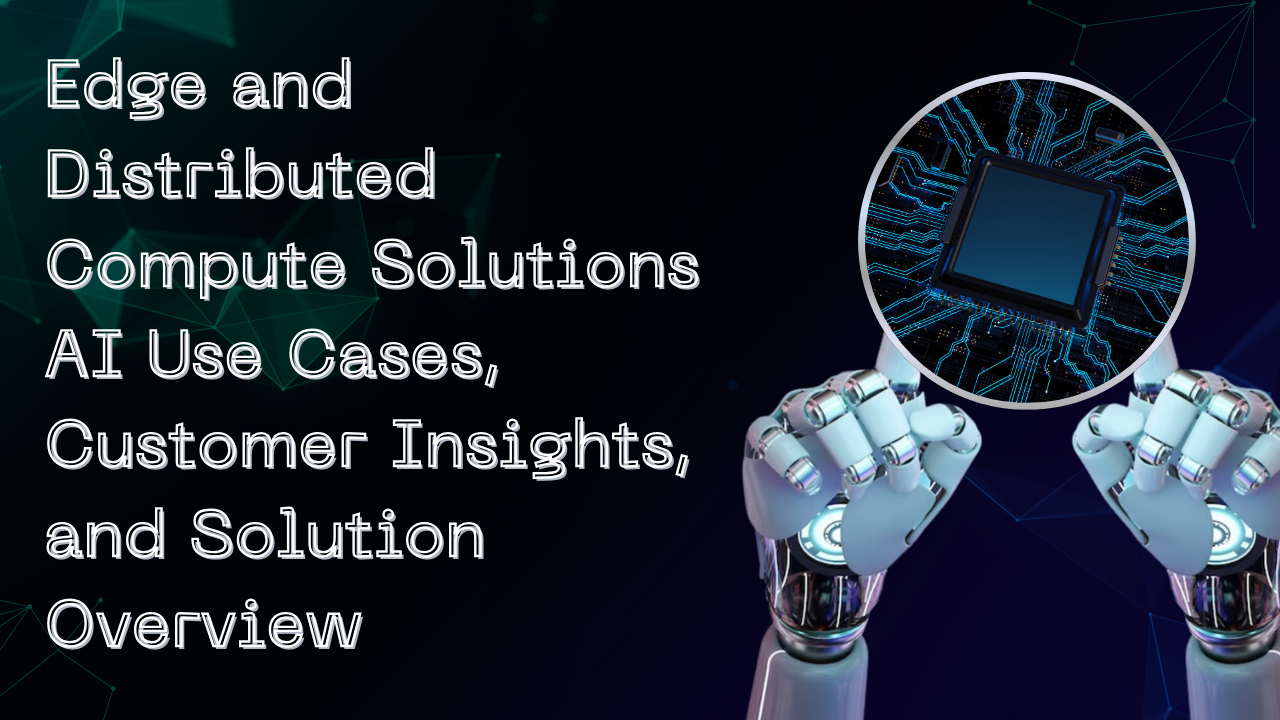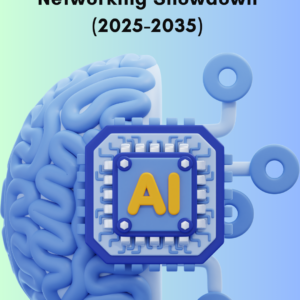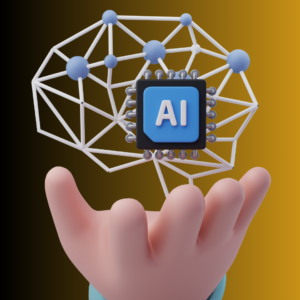1. Executive Summary
-
- Overview of edge and distributed compute strategies
- Key AI use cases driving demand for edge computing
- Customer purchasing criteria and decision-making factors
2. AI Use Cases in Edge and Distributed Computing
-
- Overview of AI applications that benefit from edge computing (e.g., real-time analytics, IoT, autonomous vehicles)
- Industry-specific AI use cases (e.g., manufacturing, healthcare, retail, smart cities)
- Edge AI for latency-sensitive and data privacy-concerned environments
- Examples of successful AI implementations leveraging edge and distributed computing
3. Customer Purchasing Criteria for Edge Compute Solutions
-
- Key decision factors (e.g., latency, scalability, security, cost)
- Evaluating TCO (Total Cost of Ownership) for edge vs. cloud-based solutions
- Importance of vendor ecosystem and integration capabilities
- Customer preferences for hybrid edge-cloud models
4. Overview of Distributed and Edge Compute Solutions
-
- Description of typical edge compute architecture
- Popular vendors and platforms for edge computing (e.g., AWS Outposts, Azure Stack, Google Anthos, Cisco Edge)
- Distributed compute frameworks and platforms (e.g., Kubernetes for edge, microservices architectures)
- Role of 5G and edge hardware (e.g., edge servers, gateways, edge AI chips)
5. Challenges and Opportunities in Edge and Distributed Computing
-
- Security and data management challenges in edge computing
- Managing edge nodes and scaling distributed compute environments
- Opportunities to reduce network congestion and latency through edge computing
- Role of automation and AI in optimizing distributed compute environments
6. Comparison of Leading Edge Compute Solutions
-
- Comparison of top vendors (AWS, Azure, Google, VMware, Cisco)
- Features and differentiators of popular edge compute platforms
- Scalability, integration, and support considerations
- Case studies of companies implementing distributed/edge compute strategies
7. The Future of Edge Computing for AI Workloads
-
- Growth projections for AI-driven edge computing
- Emerging trends (e.g., federated learning, AI inference at the edge, edge AI chips)
- Innovations in network infrastructure supporting distributed compute
- Potential disruptors and challenges for edge computing adoption
8. Customer Success Stories and Case Studies
-
- Real-world examples of organizations leveraging edge computing for AI
- Key lessons and best practices from edge AI implementations
- Measurable benefits such as reduced latency, cost savings, and improved performance
9. Conclusion and Strategic Recommendations
-
- Key takeaways for organizations considering edge and distributed computing
- Strategic recommendations for selecting the right edge compute solution
- Future outlook on the role of AI in edge computing strategies
10. Appendices
-
- Glossary of terms related to edge and distributed computing
- List of vendors and edge solutions discussed in the report
- Graphical representation of edge computing architectures
#EdgeComputing #DistributedComputing #AIatTheEdge #EdgeAI #AIWorkloads #RealTimeAnalytics #IoT #AutonomousVehicles #EdgeComputeSolutions #EdgeArchitecture #CloudVsEdge #EdgeSecurity #AIInference #FederatedLearning #5G #EdgeAIChips #HybridEdgeCloud #EdgeTCO





